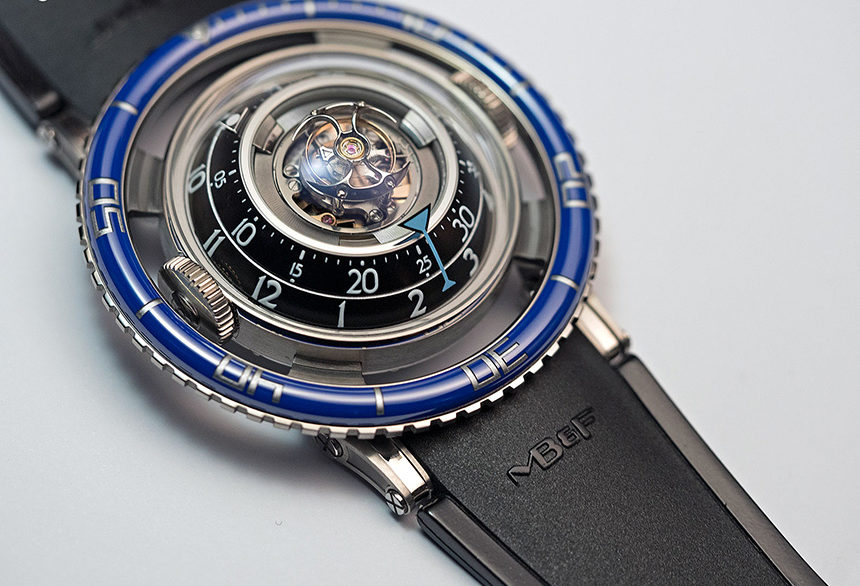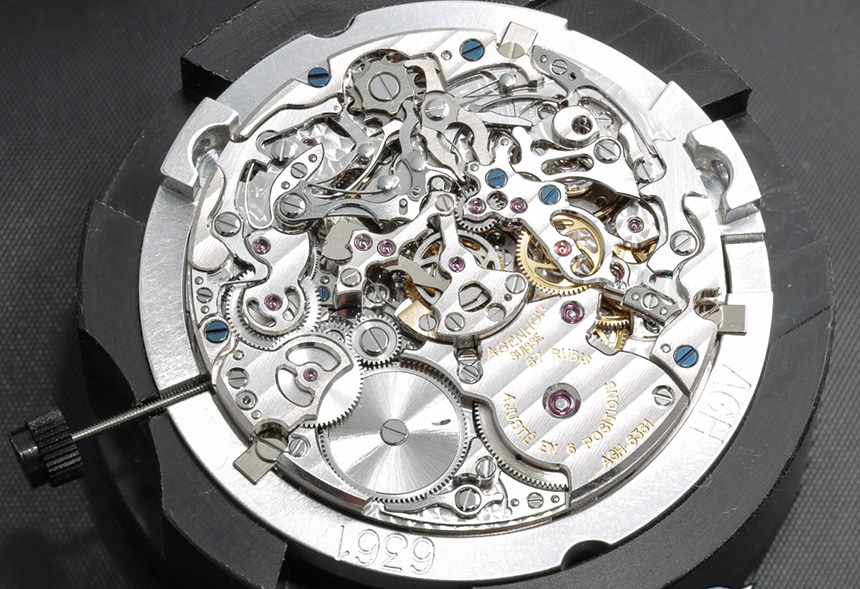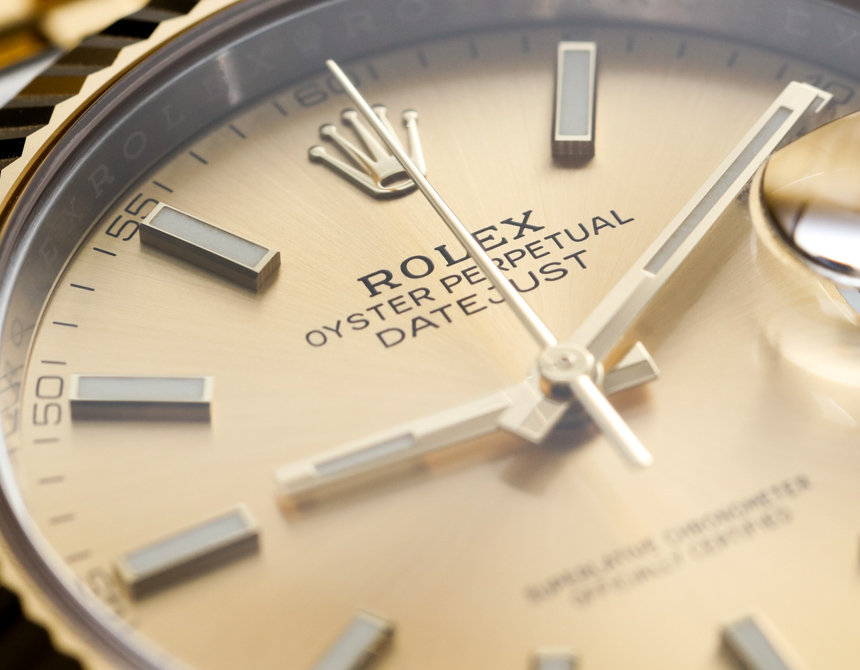1. Case Study: How Should an Understated Luxury Brand Compete Against Bling?

This article presents a fictitious but very interesting scenario. A scenario that might sound familiar to some brands. Imagine yourself as a director of an understated luxury watch company in a country where flashiness and bling is celebrated. Your brand has a rich history and prides itself on its elegance and subtlety. Your rivals, however, are not bound by such traditions and are enjoying great success by pandering to customers’ desires for bling and extravagance. What would you do to market yourself more effectively?
Source: Harvard Business Review
2. Heavens Above

Celestial complications, or complications that relate to astronomy and the sky, are arguably the most pointless. Unless you are a werewolf, you hardly need to concern yourself with the phase of the moon. Also, what good is knowing the sidereal time? And equation of time? What is that all about? Yet, for all of its superfluousness, celestial complications are also arguably the most romantic and whimsical. This article explains all of the celestial complications that can be found in watches today.
Source: Revolution
3. Hands-On with the MB&F HM7 Aquapod, the Avant-Garde Aquatic Wristwatch

MB&F are responsible for some of the most outrageous-looking watches ever made. Some of my favorite MB&F creations include the Horological Machine 6 and the Legacy Machine Perpetual. However, their latest Horological Machine 7 might be the oddest one yet. It is not a dive watch per se, but it is clearly inspired by the oceans. The round design and the large rotating bezel bring to mind a life buoy. It even has “tentacles” on the back. Take a closer look at this unusual watch by hitting the link below.
Source: Watches by SJX
4. The AgenGraphe By Agenhor: The Most Significant Chronograph Since . . . Since The Invention Of The Chronograph

The chronograph is widely regarded to be one of the most complex complications to master, despite how popular it is. This explains why it took until 1969 to finally see the first automatic chronographs. In addition, did you know that it was only in the past decade or so that Patek Philippe and Vacheron Constantin finally developed their own in-house chronograph movements? In any case, traditional chronograph movements are far from perfect and suffer from a couple of problems. For example, legibility is often not very good because the counters are usually quite small. In addition, the movement is subjected to lots of shock and wear and requires frequent maintenance. Agenhor, a small movement manufacture owned by master watchmaker Jean-Marc Widerrecht, recognized these problems and sought to solve them. The result is the AgenGraphe, a completely new chronograph movement that was built from the ground up and includes many ingenious design features.
Source: Quill and Pad
5. Open letter to companies about watch prices

Most watch companies don’t like to talk about prices. They would rather that people focus on their craftsmanship, their heritage, or even that fancy-looking buckle they are using. Talk about anything, just not price. Let’s be completely honest, for over 99% of all watch buyers, price matters. And it matters a lot. So it is particularly frustrating for a lot of us because some brands are – how should I put it – too “optimistic” in their pricing, and this leads to a lot of confusion and frustration amongst not just buyers, but also retailers. Hopefully, more watch CEOs read this and a take a long and hard look at how they price their watches.
Source: Watch Ponder

